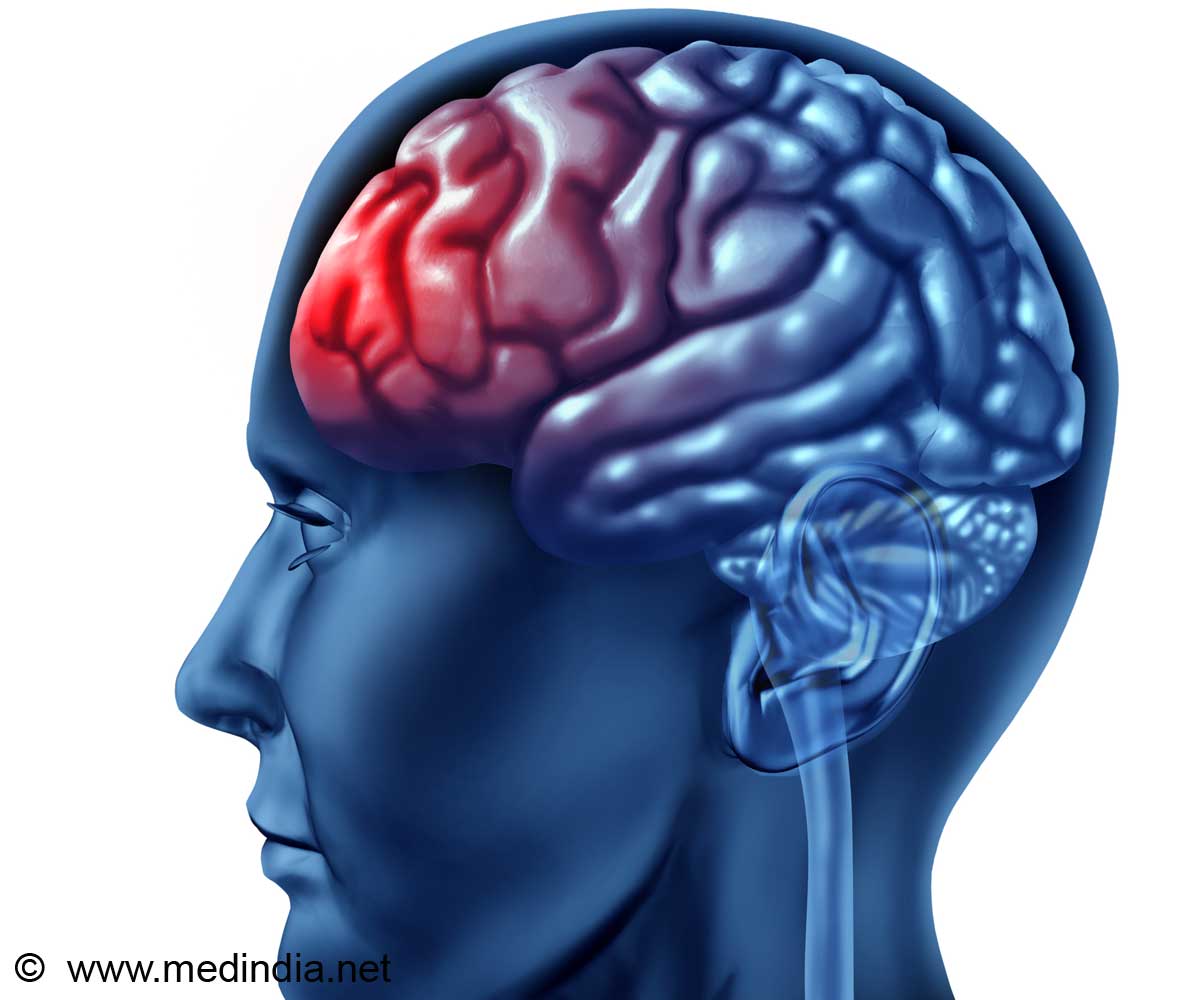
The study shows this type of inflammation is controlled by different enzymes in different parts of the body."Our findings open up the possibility of anti-inflammatory drugs that are more tissue-specific and don't have NSAIDs' side effects," said the study's senior author Benjamin F. Cravatt, chair of the Department of Chemical Physiology and member of the Skaggs Institute for Chemical Biology and the Dorris Neuroscience Center at Scripps Research.
A Serendipitous Discovery
The serendipitous discovery originated with an attempt by Cravatt and his colleagues to develop a new kind of pain-relieving drug targeting an enzyme known as monoacylglycerol lipase (MAGL). This enzyme normally breaks down a natural pain-relieving neurotransmitter known as 2-AG, a "cannabinoid" molecule whose actions are mimicked by certain compounds within marijuana. To reduce the rate of 2-AG breakdown, allowing 2-AG levels to rise and provide more pain relief, the Cravatt lab developed a powerful and selective MAGL-inhibiting compound, which the scientists described in 2009 and are still investigating as a possible pain drug.
In the course of this research, the scientists tested their MAGL inhibitor on mice and also engineered mice that genetically lack MAGL. "We noticed that the brains of the MAGL-inhibited mice showed reduced levels of arachidonic acid, a key precursor molecule for inflammatory lipids," said Daniel Nomura, a former member of the Cravatt lab who is currently assistant professor in the Department of Nutritional Science & Toxicology at the University of California, Berkeley. Nomura is the paper's co-corresponding author with Cravatt, and co-first author with Bradley E. Morrison of Scripps Research.
Source-Eurekalert















